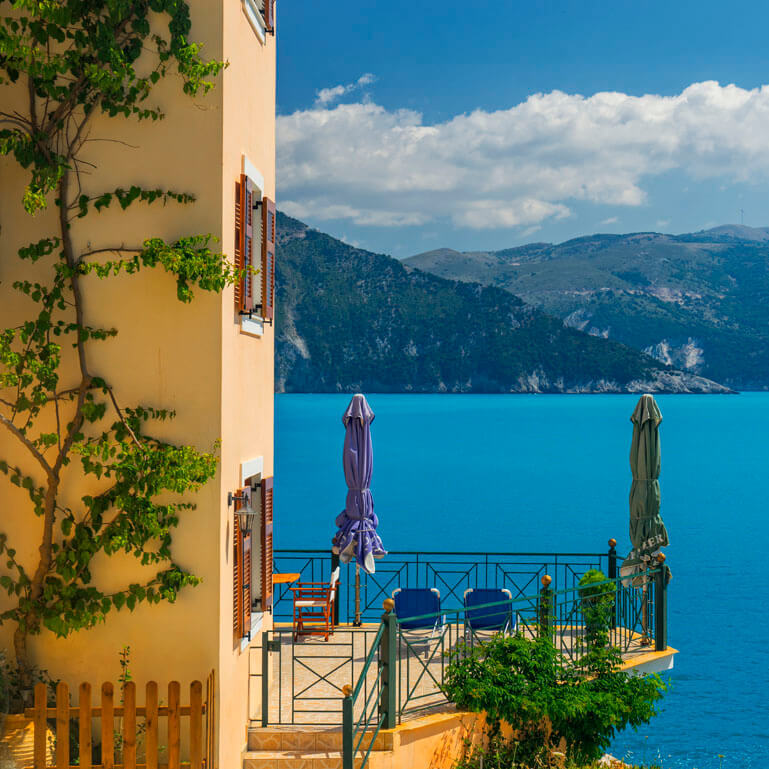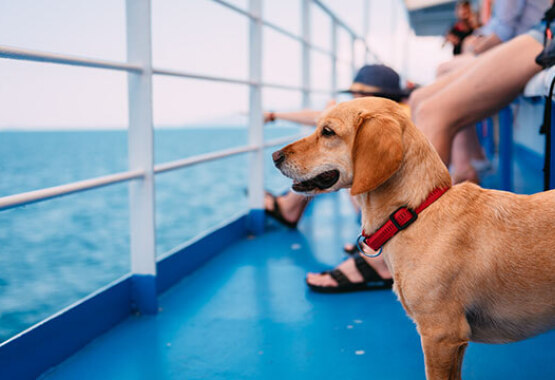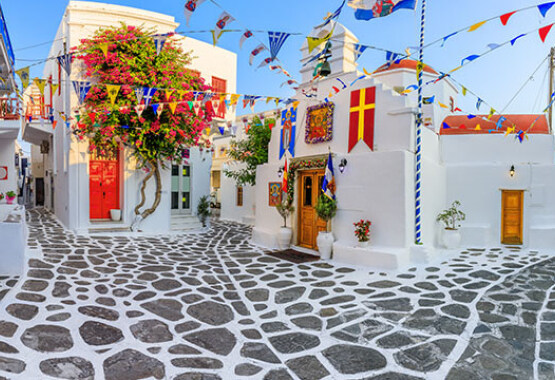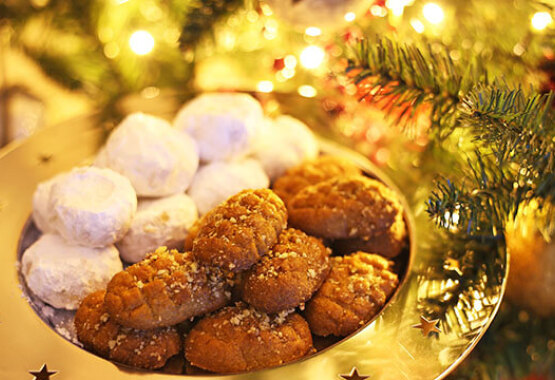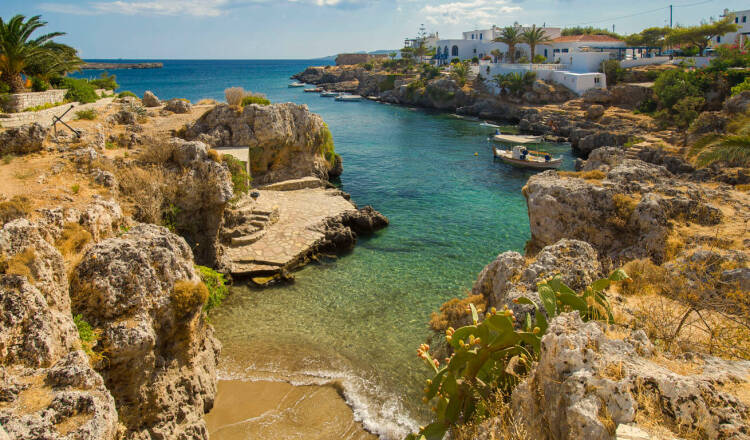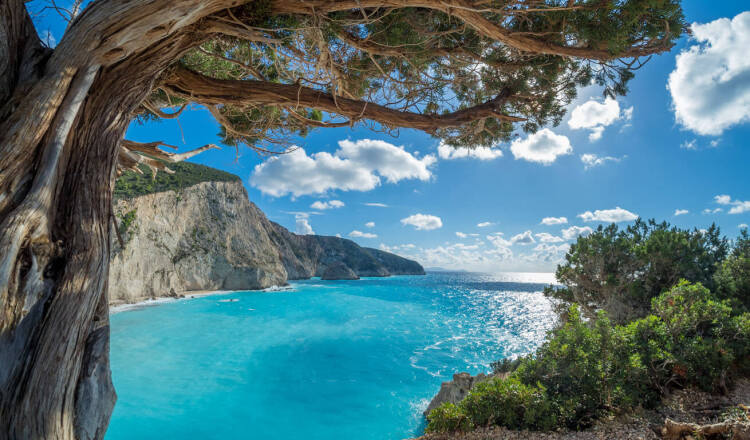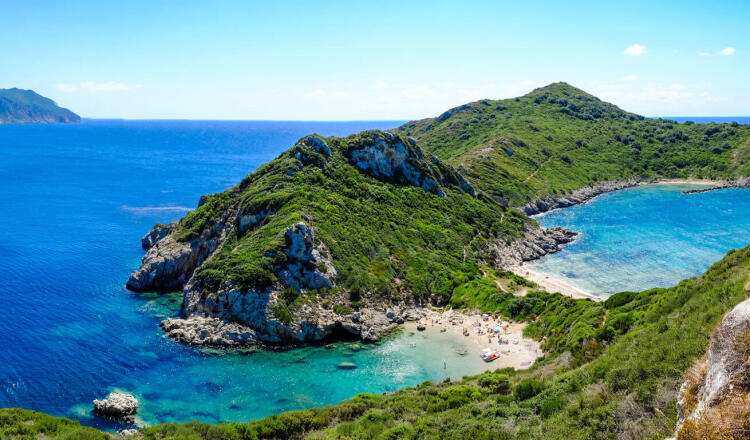Argostoli
The biggest town and capital of the island is Argostoli. It is a town built around a hill, with a city-like life, filled with various types of entertainment: shops for you shopping lovers, cafes to sit back and relax, bars and beaches nearby. Although Argostoli was totally ruined by the earthquake in 1953, there are still sites that depict the old venetian architecture. You can see the old town Krani with the Cyclopean Walls; walk along the pedestrian street, where if you have the opportunity you may encounter the local philharmonic orchestra playing traditional Ionian Island songs; you can complete your promenade by the port. Visit the Korgialeneios Library with its rare collection of books and manuscripts that operates as a folk art museum. If you enjoy night life, you can find clubs where you can stay up till dawn.
Lixouri
The westernmost of the two peninsulas of Kefalonia is the one of Paliki. The houses here were gravely damaged in the earthquake of 1953 but were rebuilt from scratch, taking into account traditional architecture. It is the second biggest town of the island, however it is a peaceful town that is ideal for those who love peace and quiet.You can enjoy your coffee, your pastry sweets and the local cuisine at the port and at the square with the famous ficus plant. Pass by the manor of the Typaldon-Iakovaton brothers built in 1866, which use to house the Iakovateio Library (a listed building), but due to the 2014 eathquake the building suffered damage and is temporarily closed to the public and under reconstruction. It is home to 25,000 books and a small museum, where three Christian parchments of the 10th, 14th and 15th century, old furniture, sacred vessels and vestments are kept. Visit the Kipouria Monastery where you can enjoy one of the most breathtaking sunsets on the island.
Fiscardo
Fiscardo survived the destructive earthquake of 1953. Most of the buildings preserve their traditional local colour that travels you back in time: the grand mansions with their elegant balconies, the old two-storey houses, the dark red tiled rooftops, the green mountainsides, the blue of the sea and the overall scenery is enchanting. This picturesque village is the home town of the Greek poet Nikos Kavvadias who usually wrote about the sea.
The Cave Lake of Melissani
The cave lake of Melissani is a wonder of nature and one of the most impressive sights on Kefalonia which is located in Karavomylos, an area close to Sami town. Melissani was discovered in 1951 and following construction works in order to make it accessible it has become one of the most famous tourist attractions. The magic of the landscape is partly because of the roof that has collapsed and you have a view of the sky while being in a cave. If you visit during the day when the sun is high and the sunshine drops on the lake it makes the light blue waters shine giving off a magical soothing feeling.
Assos
At the north part of the island, picturesque Assos village is built alongside of cliffs, among pine trees and cypresses. Sparsely built with traditional color, in an impressive landscape, Assos fascinates with the peace and simplicity it depicts. Apart from the wonderful waters of Assos, at a nearby distance don't miss Myrtos beach as well as many other picturesque small bays that wait to be discovered.
Kourkoumelata
The most passionate mention it as the most wonderful village of the Balkan area. The village is called Kourkoumelata and lies at the southwest part of the island. The earthquake of 1953 ruined Kourkoumelata, as it ruined most areas of the island, however, the way that this area was rebuilt is the feature that makes it stand out. This resettlement has occurred abiding by both to modern rules of city planning and to the preservation of neo-classic features. You can't miss this!
Ainos
The mountain that prevails in Kefalonia is Ainos, whose peak reaches 1.628 meters, and is the only national park that can be found on a Greek Island. The fir tree grows natively on this mountain on Kefalonia. The black needles of the Kefalonian fir tree gives an impressive dark colour to the mountain. In the cliffs of the mountain you might also be lucky enough to see small wild horses. The mountain is ideal for excursions and hiking in its verdant nature around the paths that vary in difficulty.
Gastronomy
Kefalonian cuisine is renowned. The island produces yellow cheese, feta cheese, olive oil, honey and local meats. It also home to a large number of delicious recipes; native recettes cookbooks that were given from one generation to the next. You must try the famous meat pie, the lagoto dish that is cooked with rabbit and sofigado dish with goat. You should not miss the cod pie filled with salted cod fish and skordalia (a garlic sauce) made with boiled potatoes in cod's broth with lemon or vinegar. You must also taste strapatsada (scrambled cooked eggs with tomatoes) and tsigaridia (fresh greens cooked with tomato sauce). If you have a sweet tooth savour the island's traditional sweets, such as mandoles (almonds assorted with sugar) and pastokydono (a sweet made of quince puree). Don't miss a sip of the local wine; drink Robola, the famous wine of Kefalonia, a dry white wine you can enjoy with a good traditional dish. Bon Appétit!




